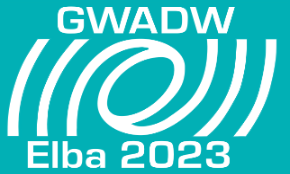Speaker
Description
The generation of strongly squeezed vacuum states is a key technology for future ground-based gravitational wave detectors to reach sensitivities beyond their classical quantum noise limit. Due to increased noise at sub-audio frequencies, the generation and subsequent characterization of such states are particularly challenging in the low-frequency range addressed by the Einstein Telescope low-frequency interferometers (ET-LF). Electronic noise in control loops and readouts, scattered light, as well as rising laser noise towards lower frequencies are the most likely reasons for excess low-frequency noise.
We found various linear and nonlinear noise coupling mechanisms of laser noise to the homodyne readout of the squeezed states. By using different techniques to reduce these couplings and employing a stabilized laser system, we demonstrated for the first time the generation of 11.5 dB squeezed vacuum states down to the lowest frequencies of the detection band of ET-LF at a wavelength of 1550 nm. Furthermore, based on the precise characterization of our setup we were able to derive the photodiodes' quantum efficiency, which is about 1 % worse than seen for 1064 nm. This finding should be considered for detection loss estimations and maybe trigger further investigations of the photodiodes for 1550 nm wavelength.

